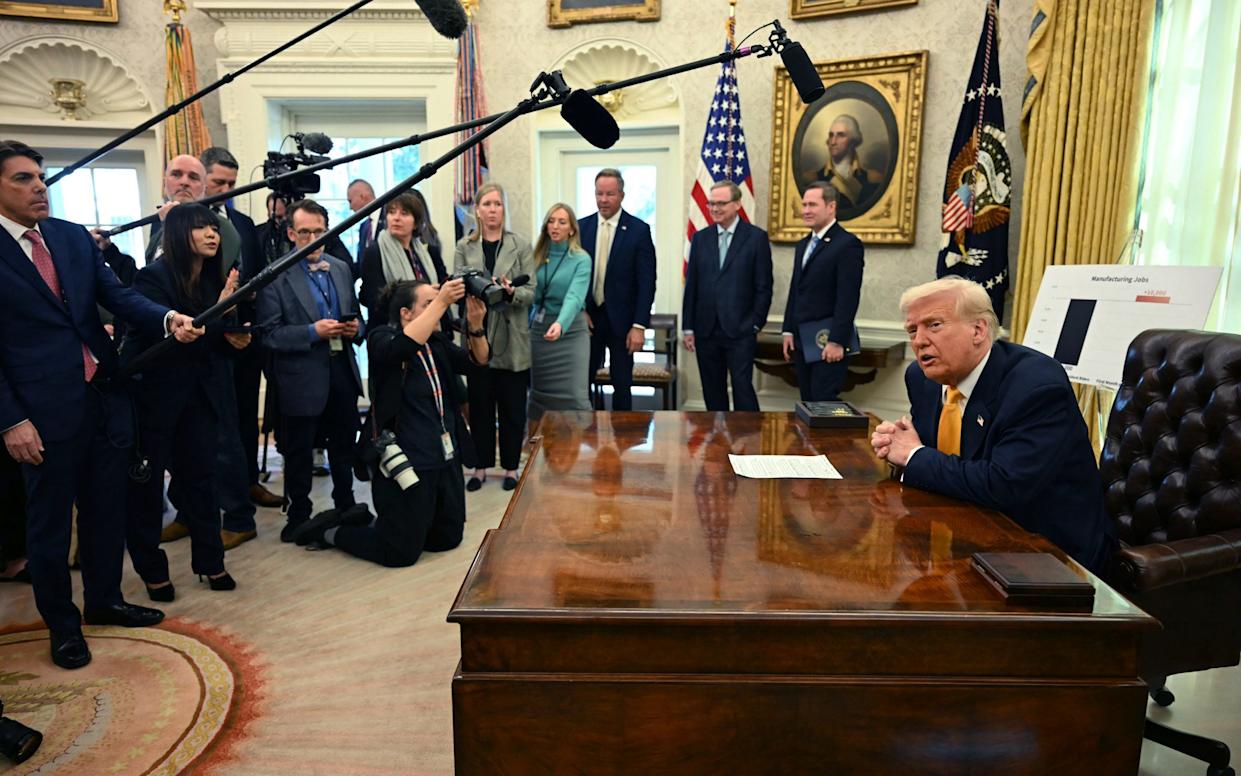Trump Signals Renewed Talks on Iran Nuclear Deal
Current Affairs International IssuesPosted by newadmin on 2025-03-11 09:04:56 |
Share: Facebook | Twitter | Whatsapp | Linkedin Visits: 81

In late 2024, US President Donald Trump signaled a willingness to renegotiate the Iran nuclear deal, marking a shift from his previous stance. This change comes as Iran faces economic struggles and shifting regional alliances, prompting renewed diplomatic considerations. Trump’s recent remarks indicate a strategic move toward addressing nuclear concerns while managing complex geopolitical relationships in the Middle East.
The Joint Comprehensive Plan of Action (JCPOA), established in 2015, was designed to limit Iran’s nuclear activities in exchange for sanctions relief. The agreement restricted uranium enrichment to peaceful levels, ensuring compliance through international oversight. However, in 2018, Trump withdrew the United States from the deal, citing its failure to address Iran’s ballistic missile program and regional influence. His administration viewed the JCPOA as insufficient in curbing Tehran’s broader strategic ambitions. Despite opposition from allies and reports confirming Iran’s compliance, the US reimposed sanctions, causing significant disruptions to Iran’s economy and trade relations.
Iran responded to the withdrawal by gradually rolling back its commitments under the JCPOA, increasing uranium enrichment levels and reducing cooperation with international inspectors. By 2021, the country had significantly expanded its nuclear program, raising concerns among global powers. The economic impact of US sanctions, compounded by internal unrest and political shifts, further strained Iran’s stability. The death of Mahsa Amini in 2022 led to widespread protests, intensifying pressure on the Iranian government.
By late 2024, Iran’s newly elected President Masoud Pezeshkian acknowledged the country’s economic struggles and signaled a willingness to negotiate for sanctions relief. Diplomatic efforts have quietly resumed, with both sides exploring potential terms for a revised agreement. However, Iran’s regional influence remains a key factor in negotiations, as the country continues to support proxy groups across the Middle East.
The geopolitical landscape has changed significantly since Trump’s first term. Iran has improved relations with Gulf nations, while shifting dynamics have affected the strategic calculations of regional players. Trump’s current approach aims to capitalize on these developments to secure a diplomatic breakthrough. However, deep mistrust between Washington and Tehran presents a major challenge. Any new agreement would need to address concerns over the original JCPOA’s sunset clauses, which Trump previously criticized as a fundamental weakness. The evolving political and security environment in the Middle East adds further complexity to potential negotiations.
Search
Categories
Recent News
- Hyderabad's Biryani Scam: When Food Delivery Meets Fraud
- RBI's UDGAM Portal: Hyderabad's Cyber Fraud Warning
- Hyderabad Gears Up for Presidential Visit: Traffic Advisory Issued
- Hyderabad Crypto Scam: Unraveling a Multi-State Fraud
- Cyber Scams Target Unsuspecting Citizens via RBI Portal
- Telangana's Tech-Driven Policing: Drones Take to the Skies
- RBI Governor Prioritises Digital Security: A Strategic Shift
- Hyderabad's Massive Anti-Drug Operation: 72 Foreigners Deported
Popular News
- Navigating IPO Market Dynamics Amid Volatility and Regulatory Changes
- Innovative Green Practices and Environmental Initiative
- Massive Worldwide Microsoft Outage Disrupts Multiple Sectors
- తెలుగుదేశం పార్టీ - పేదరికాన్ని నిర్మూలించడంలో వాగ్దానం
- Universities Embrace Remote Learning Technologies Amidst Ongoing Pandemic